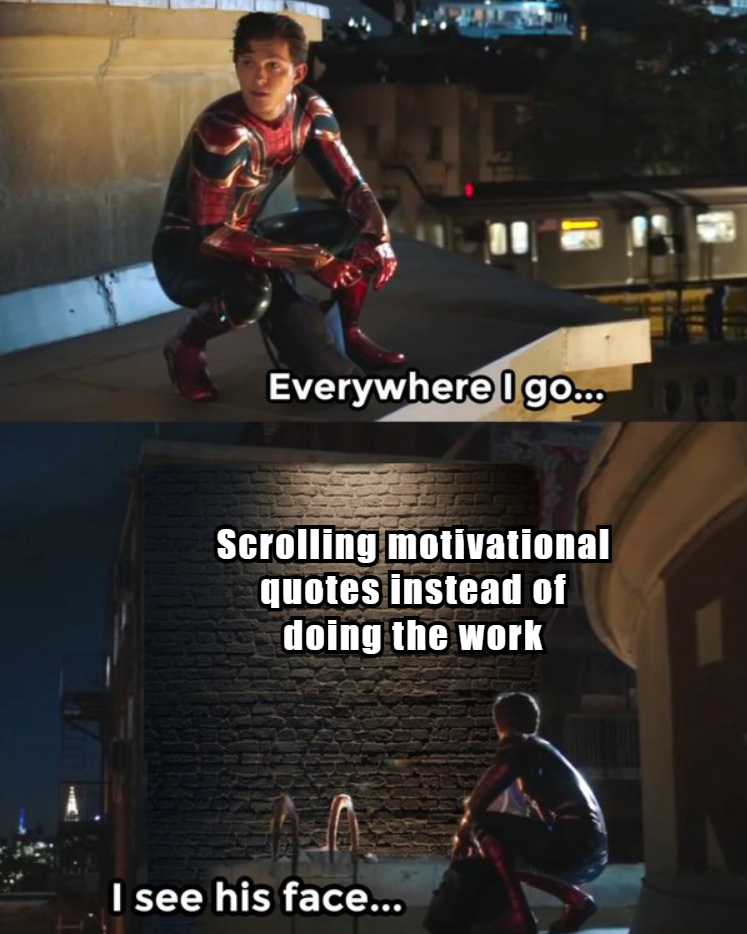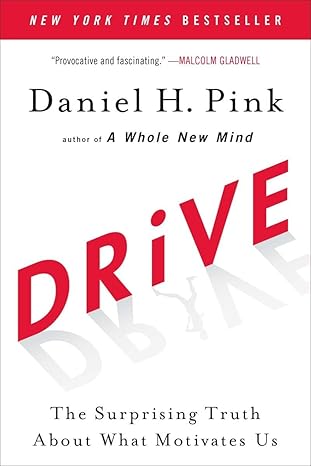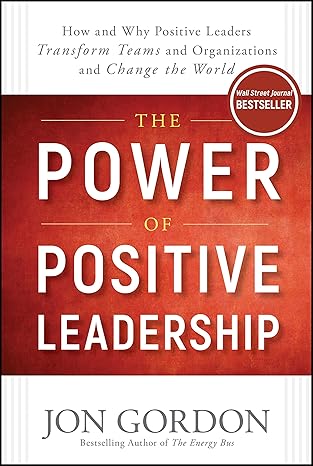Some people struggle to sleep and focus after moving from cities to the countryside. Despite serene landscapes, our brains react differently based on past environments and experiences. While some need white noise or heavy metal to concentrate,
Positive reinforcement in task management to boost team productivity
It's not easy to focus and stay productive in our time — there's too much stress and too many distractions. Positive reinforcement helps maintain team spirit and improve results by encouraging the right actions. In this article, we'll explain how it works and why it can change your work for the better.
Key takeaways
Positive reinforcement boosts team motivation and productivity by linking recognition to specific, meaningful actions
To be effective, reinforcement should be consistent, personalized and integrated into everyday workflows
Avoid common mistakes like vague praise or ignoring individual preferences to maintain authenticity and impact
Introduction: Motivation and productivity
Look outside the window. Do you see countless smoking pipes in the sky and people walking around in seemingly uncomfortable—but very stylish—attire? Exactly. The industrial revolution is long behind us, which means that pressuring workers into productivity with threats or physical force is no longer an option.
Appreciating productive workers, giving your team regular retreats, and consistently reinforcing positive energy in the office is the new standard—and we’re all here for it. You should be too.

Why is positive reinforcement important for sustaining high motivation levels team-wide?
People love feeling appreciated—believe it or not. When you express to your teammates how good they are at what they’re doing, they notice, and it makes them feel better about themselves. Chances are, they’ll want to experience that feeling again by doing even more great work in the future, which only benefits the overall efficiency of your entire squad.
In the long run, positive reinforcement is also a powerful way to build loyalty, which is essential for any high-performing team. The work environment becomes far less stressful, and everyone starts moving in the same direction—doing good for the company and for themselves.
Neurobiology behind motivation
Alright, now let’s take a deeper look at all of this, because to truly understand the power of positive reinforcement, you need to grasp how it works on a mental level. Motivation isn’t just a buzzword; it’s a complex and intricate biochemical process happening in the brain. It directly shapes how we view work—and, just as importantly, how we actually do it.
There’s a specific part of the brain that produces dopamine, a chemical that makes us feel happy, appreciated, and generally well. When that “Good job on the project, Josh!” message pops up on your screen, your brain responds by producing more dopamine, giving you that sweet, satisfying sense of achievement. And because our brains are highly adaptive bio-computers, they’ll take note of that good feeling and link it to the event or sequence of actions that caused it.
Pretty neat, huh? These mechanisms are part of our human nature. This is exactly how habits and motivation are formed—by the brain remembering specific moments and associating them with the positive sensation triggered by dopamine. Stick to that pattern long enough, and some pretty incredible things start happening—not just the occasional dopamine boost, but entirely new neural pathways and behavior patterns. Eventually, you’ll start doing “the good-feeling thing” with way less resistance.
Now, you might ask, “Well, if that’s true, why do threats sometimes work too?” Great question—and the keyword here is “sometimes.” When you’re pushed into productivity through pressure, your brain responds with another chemical: cortisol, the stress hormone. It can give you a burst of tension-fueled energy, maybe even just enough adrenaline to power through. But here’s the problem: cortisol doesn’t build—it breaks.
It raises your blood pressure, fries your nervous system, and damages the very neural connections you’re supposed to be strengthening. So yes, pressure can produce results—but at a cost.
That’s why positive reinforcement is so powerful. It boosts motivation, sharpens focus, helps build lasting habits, and keeps stress levels low. And when your team’s energy is fueled by caffeine and compliments instead of cortisol, well, the results speak for themselves.
Introducing positive reinforcement
Now, when we’re done with technicalities and scientific mambo-jumbo, let’s proceed to practice. When you understand how positive reinforcement influences motivation and team dynamics, the natural next step is to make it part of your task management. The key here is to move away from spontaneous “good job” comments toward a more systematic approach. It’s the structure that turns praise into a growth tool rather than just a polite gesture.
- Anchor the principle "recognition = result". Reinforcement should be tied to a specific action: solving a complex task, offering a creative solution, or showing initiative. That way, the brain links effort to outcome, rather than to the manager’s personal bias. This is especially important in IT environments, where objectivity is highly valued.
- Build recognition into team processes. Add a feedback element to regular team rituals: in daily standups, take a moment to acknowledge contributions; at the end of a sprint, include a mini-retrospective to celebrate achievements. Recognition should feel predictable, as part of the workflow, not like a random bonus.
- Not just top-down. Recognition from peers is just as important. It flattens hierarchy and fosters a sense of team, where everyone can support one another. Try introducing a peer-to-peer praise system, like “thank you” stickers in your task tracker or mini-chats for positive feedback.
- Personalize your approach. Some people value public praise, others prefer a private message. Observe and adapt the format to each person. That’s how you show respect and awareness. Most importantly, that’s how you maximize the impact of reinforcement—by hitting the mark precisely.
- Measure the effect. Want to know if it’s working? Track retention, initiative levels, and engagement in team discussions. Even a simple, recurring team atmosphere survey can show how much positive reinforcement has become part of your team’s culture.
For example, here’s how you absolutely could start on making positive reinforcement an everyday thing in just 7 days:
Days 1–2: Preparation & Setup
- Define key behaviors and actions worth reinforcing.
- Learn how your team prefers to receive recognition.
- Create a dedicated feedback space (Slack channel, task tracker tag, etc.)
- Goal: Build the foundation and adapt the system to your team.
Days 3–4: First Implementation
- Start giving regular shout-outs during daily standups.
- Launch peer-to-peer recognition (each person thanks one colleague).
- Run a retro focused on individual/team contributions.
- Goal: First run and habit formation.
Days 5–7: Feedback & Optimization
- Monitor team reactions (engagement, enthusiasm, feedback).
- Run a quick mini-survey: “What stood out this week?”
- Identify what’s working and where to improve.
- Goal: Analyze effectiveness and identify growth points.
Potential roadblocks
Of course, so much positivity and encouragement can pretty much backfire at you. However, if you’re aware of these pitfalls and know exactly what to do in case of positivity overdose, everything will be silky smooth. Here’s a breakdown of some of the problems you can encounter along the way:
Overly general praise
- Mistake: “You’re always doing great” loses its motivational effect.
- What to do: Give specific feedback: “You did a great job organizing the team and meeting the deadline.”
Unrealistic expectations
- Mistake: Challenging tasks without the right resources can be demotivating.
- What to do: Set realistic goals and connect recognition to actual achievements.
Focus only on individual success
- Mistake: Constantly highlighting one person can hurt team spirit.
- What to do: Acknowledge the team's collective contribution and recognize each member’s role.
Ignoring individual preferences
- Mistake: A one-size-fits-all approach reduces effectiveness.
- What to do: Learn how each team member prefers to receive recognition.
Inconsistent recognition
- Mistake: Occasional praise feels random and loses its impact.
- What to do: Make recognition part of everyday culture and team routines.
Interesting fact 
A study published in the Academy of Management Journal, found that positive reinforcement led to a 17% increase in employee performance.
Related articles:
Strengthen your teamwork by simply learning Top Benefits of Agile Methodology: Why Agile Drives Success in Project Management.
To stay organized and focused, we recommend reading the article about Project Management Workflow: Steps to Streamline Project Success.
To improve employee engagement, read Boost Workplace Productivity with Gamification Strategies.
Conclusion
Positive reinforcement isn’t just about being nice—it’s a powerful tool that shapes behavior, builds habits, and strengthens team dynamics. When used intentionally and consistently, it creates a culture of appreciation, motivation, and trust. By recognizing efforts in a way that’s meaningful and structured, you’re not only helping your team thrive—you’re also setting the foundation for sustainable, long-term success.
Recommended reading 

"Drive: The Surprising Truth About What Motivates Us by Daniel "
The author explores the science of motivation, emphasizing the importance of autonomy, mastery, and meaning as key factors in productivity.
On Amazon
"The Power of Positive Leadership"
The book combines practical strategies with real-life examples of inspiring leadership.
On Amazon
"The Carrot Principle"
This book demonstrates how recognition and appreciation can significantly boost employee engagement and productivity. It offers actionable advice for managers to implement effective recognition strategies.
On Amazon






